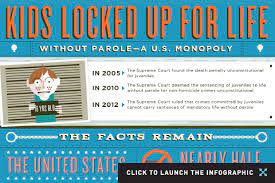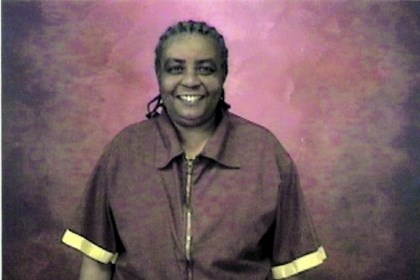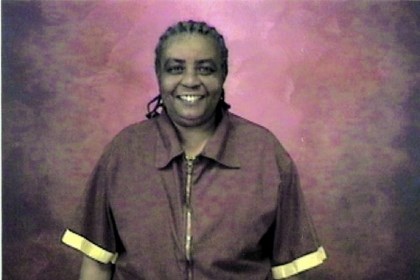On March 10, 2015 I toured SCI Muncy along with seven members of a Pennsylvania non-profit. Of the seven, four of us visit Muncy on a regular basis. The day began with a meeting with Superintendent Robert Smith, Re-entry Coordinator and media spokesperson Troy Edwards, Assistant to Smith, Renee Shrimp, the health care administrator and a couple of Unit Managers and a couple of other people.
The meeting and conversation was lead by our questions and concerns. If we didn’t ask, nothing was freely offered. No one asked us about our work with the women. They didn’t seem to really care if we were there or not. This was my second meeting with Smith, when he was Acting Superintendent and he knows how hard it is for me to keep it together when wanting better care for the women and more involvement with their confinement. All of our needs were met, though there always seemed to be an elephant in the room. If we didn’t like what we heard or if we disagreed, that line of thought quietly evaporated. We all seemed to be on our best behavior.
There’s a lot at stake at times like this. How much pushing for the real truth can I do or objecting to policy without experiencing potential retaliation and my visits becoming denied? Questions and comments had to go nameless. Situations were described with just enough detail so as not to reveal the actual source. Occasionally names were mentioned, since the prisoner’s needs and situation were so obviously known to all. I hope that some of the concerns we raised made the staff realize that we are watching and we want to be part of the solution.
In the bathroom connected to this meeting room, I noticed many beautiful black and white photos mounted on board depicting woman at Muncy with their faces turned away from the camera involved in work: sewing, washing dishes, stuffing pillows with straw. I assumed they were taken before Muncy became part of the PA DOC in 1953. They were on the floor, fallen and stuck between the cabinet and the floor, gathering dust and scratches. I wanted to smuggle them out. On the windowsill was a large box of documents that belong to a current prisoner. I didn’t have time to go through them. But it seemed rather cold and careless to be dumped there.
After an hour and 45 minutes, I had talked and listened enough and needed to get moving. As I peeked on the tour itinerary that was in front of Smith, I asked him if we were touring the unit where Sharon Wiggins lived and died. It wasn’t on the schedule, but Superintendent Smith knows my devotion to Sharon and he agreed to take us there. It was our first stop and we went into Bethune Unit.
Bethune is neither a cottage nor a trailer/modular. It’s kind of a prefab gym. I immediately noticed all the various shades of over cleaned, dull surfaces of brown and beige: the flooring, walls, painted metal. It was all metal, vinyl, plastic materials. I immediately saw my friend Naomi Blount. We were not allowed to hug, but we managed some arm holding. She showed me her cell. This was the first cell in a woman’s prison that I have seen and entered. No doubt the cell had been personalized, but the condition of the “furniture” was shockingly awful. Rickety old metal that revealed several layers of multiple colored paint. The floor space between the bunk beds isn’t wide enough to do sit-ups. The mattress wasn’t as wide as the bed frame. It would tough to lay on one’s side without touching the wall and having a foot hang off the edge. The window was tiny. Only one seat at the table. A new plastic toilet seat. Oddly, the ceiling is a drop panel type.
The setting of Muncy is rural. During the summer the aroma of cow manure permeates. The rest of the year, it smells like creosote from a rail road tie processing company across the 405. The original residential “cottages” are almost a century old. To accommodate the increase in population, they added huge, attached trailers with low ceilings. It looks cheap and shoddy, because it is.
When the women sit on the top bunk bed, their heads are a couple of feet from the ceiling. There is no privacy. The newest housing is where the new arrivals are classified; it also holds punitive punishment, various mental health “treatment” units, young adult offenders and death row. The infirmary in another kind of warren. There, the psychiatric observation cells are located, medicine is distributed, dialysis is given and terminally ill women die. No one wants to recuperate in the infirmary. It is ugly, impersonal, poorly lit and brown-beige.
We had lunch in the officer’s dining room. The walls were adorned with unsigned prisoner-made art. As you finish your tray of food, you leave it on the table to be taken away by a prisoner employee. I thought that was rude on our part as visitors.
Unfortunately, we ran out of time and didn’t see the education building, library or chow hall. That will be another tour.


